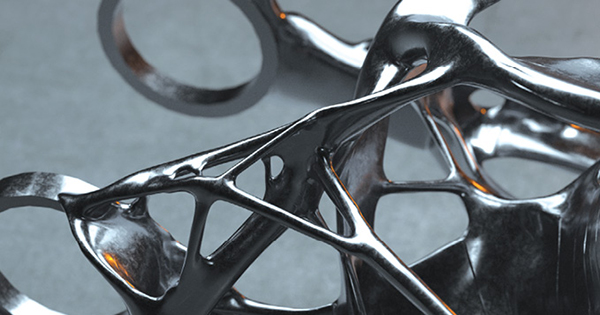
Image courtesy of Autodesk.
Latest News
December 1, 2018
Technology that improves productivity alone, maybe not. But, technology that enhances our ability to break down silos, share data, and connect design and manufacturing processes - will be a game changer.
For years, design and manufacturing have been working in parallel. When they finally do intersect, it’s late in the product development process at which point our ability to make dramatic change is limited by time or cost. Imagine being able to get back all that time wasted on re-work. Imagine having the ability to solve design or engineering challenges with unprecedented insight into manufacturing limitations. When design and manufacturing are linked with data at the center, it is possible.
Autodesk generative design is one technology making the convergence of design and manufacturing a reality. It gives you the power to simultaneously generate multiple CAD-ready solutions based on real-world manufacturing constraints and product performance requirements. Autodesk generative design has both additive and subtractive constraints, and the output is an editable geometry that can be brought back into your CAD system. Generative design can unlock ideas and solutions that you could never imagine and significantly improve your teams’ innovation and productivity.
While many early adopters came from aerospace and automotive, like Airbus and General Motors, mainstream manufacturers of all scales are now adopting Autodesk generative design. Claudius Peters is using it to re-design concreate manufacturing equipment saving 25% in steel material costs, Penumbra engineering is using it to develop durable and cost-effective, additively manufactured products. Autodesk generative design is available now as part of the Product Design and Manufacturing Collection to help you accelerate innovation, improve product performance and reduce both costs and time to market.
More Autodesk Coverage
Subscribe to our FREE magazine, FREE email newsletters or both!
Latest News








